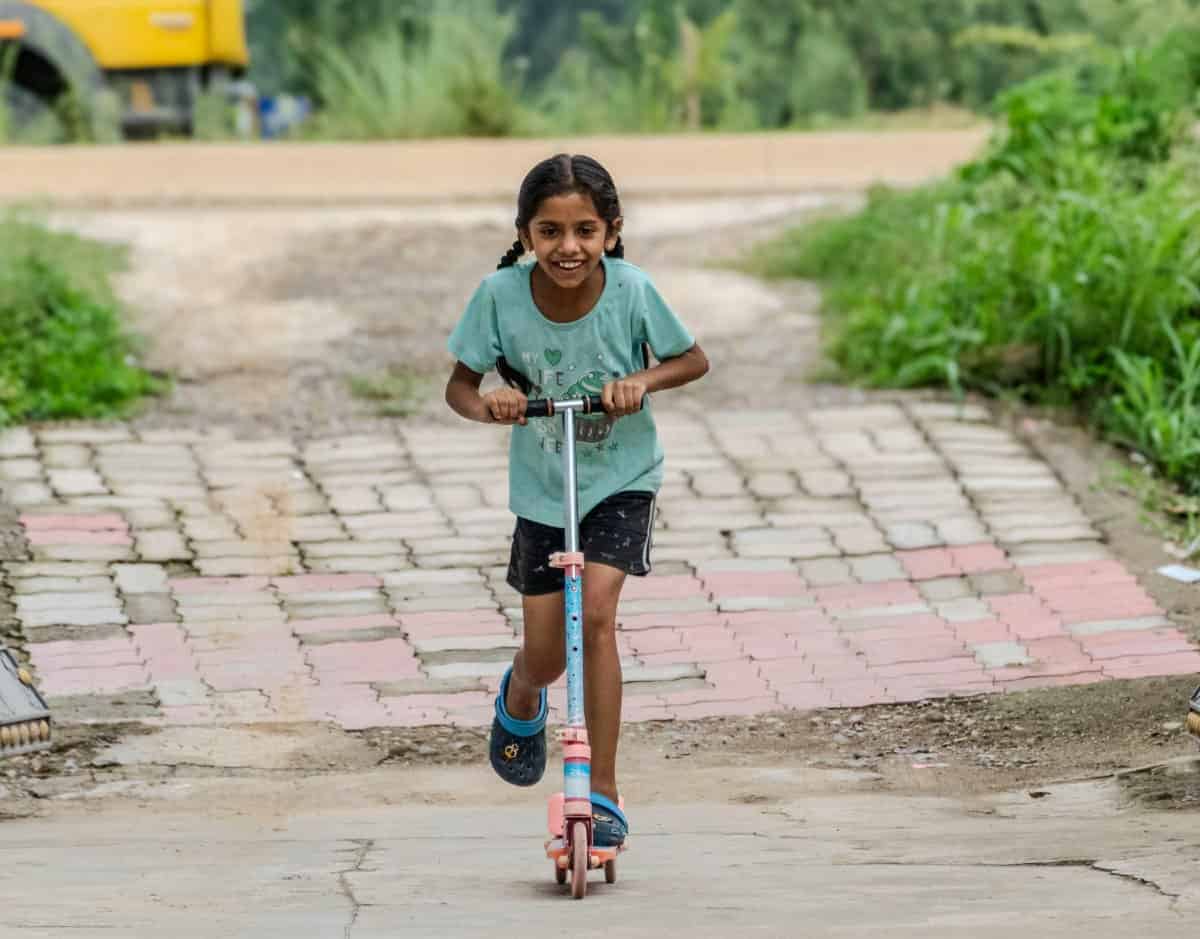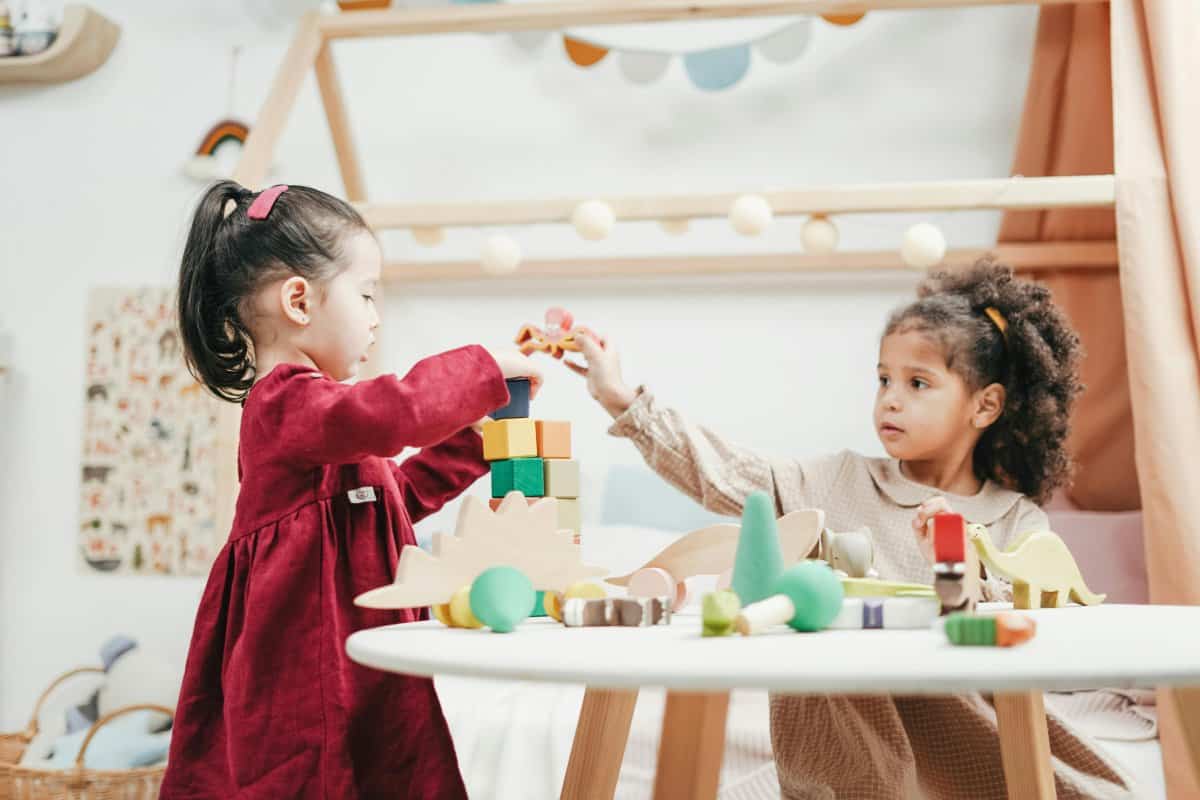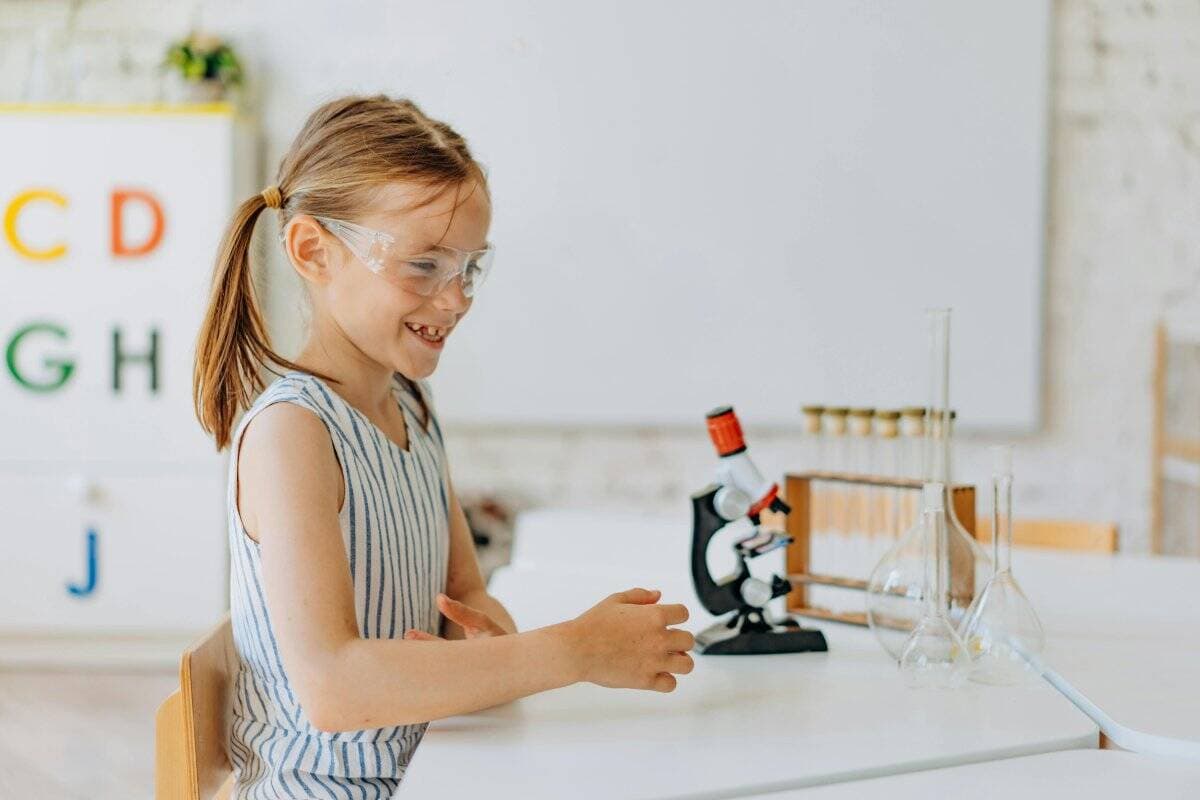Why Play Matters More Than Ever for Kids Today
In today’s fast-paced, tech-driven world, children face more challenges than ever before. Academic expectations are rising, screens consume hours of their day, and structured activities often replace free time. Opportunities for spontaneous play are shrinking, yet the need for play has never been greater. Play is not just a way to pass time—it is a critical part of healthy development and emotional resilience. As pressures mount and childhood rapidly changes, understanding the value of play becomes essential for supporting kids’ well-being.
1. Builds Social Skills and Friendships

Through play, children naturally develop important social skills such as sharing, cooperation, and negotiation. Whether they’re teaming up in a soccer game, building forts together, or navigating playground dynamics, face-to-face play encourages empathy and understanding. Unlike online interactions, real-life play offers nonverbal cues and immediate feedback, helping kids read emotions and resolve conflicts. These experiences are the foundation for lasting friendships and teach children how to communicate, compromise, and work together as part of a group.
2. Encourages Creativity and Imagination

Unstructured play unlocks a child’s creativity and imagination in ways that structured or screen-based activities simply can’t match. When kids build forts from blankets, invent their own games, or spin elaborate stories, they’re learning to think outside the box and solve problems independently. Open-ended play encourages self-expression and experimentation without fear of making mistakes. Unlike rigid digital games, these experiences foster original thinking and adaptability—skills that are increasingly valuable in our rapidly changing world.
3. Supports Physical Health and Development

Active play is essential in fighting the growing trend of sedentary lifestyles among children today. Activities like running, climbing, and playing sports not only build strong muscles and bones but also improve coordination and balance. Outdoor play provides fresh air and a break from screens, which is vital for healthy growth. In contrast, extended screen time can lead to physical inactivity and related health concerns, making regular movement through play more important than ever.
4. Enhances Emotional Resilience

Play gives children a safe space to experience both triumphs and setbacks. Whether it’s dealing with the disappointment of losing a game or the joy of mastering a new skill, these moments teach kids how to cope with stress and manage their emotions. Resilience grows as children face challenges, adapt, and try again. These emotional lessons learned through play help kids navigate real-life situations with confidence and flexibility.
5. Stimulates Cognitive Growth

Play is a powerful driver of cognitive development in children. Activities like solving puzzles, playing board games, or engaging in pretend play require kids to think critically, make decisions, and plan ahead. These hands-on experiences sharpen problem-solving skills and encourage creative thinking in ways passive learning cannot. Unlike simply absorbing information from a screen, active play makes children curious, persistent, and eager to explore new ideas—laying the foundation for lifelong learning and intellectual growth.
6. Teaches Conflict Resolution

Play naturally presents situations where children must work through disagreements and find common ground. Whether it’s creating rules for a new game, taking turns, or settling disputes over playtime decisions, kids learn to negotiate and compromise in a low-stakes environment. These experiences help develop conflict resolution skills that are essential in daily life. As children practice listening, expressing their needs, and reaching fair solutions, they become better equipped to handle challenges beyond the playground.
7. Reduces Screen Time Dependency

In a world where screens are everywhere, active, offline play offers a vital counterbalance. Outdoor adventures and hands-on games draw kids away from digital devices, reducing the risks linked to excessive screen time—such as sleep problems and reduced attention spans. Compared to passive scrolling or gaming, real-world play sparks engagement and curiosity. Encouraging children to explore, create, and move helps establish a healthier daily rhythm and supports their overall well-being.
8. Promotes Inclusivity and Empathy

Play creates opportunities for children from all walks of life to connect, learn, and grow together. On inclusive playgrounds or in mixed-age playgroups, kids interact with peers who may have different abilities, cultures, or perspectives. These shared experiences nurture empathy and acceptance, as children learn to appreciate differences and support one another. In contrast, solo digital play can be isolating, limiting social growth and understanding. Real-world play encourages compassion, kindness, and a genuine sense of belonging.
9. Strengthens Family Bonds

Shared play experiences—like tackling a puzzle, exploring nature, or creating art together—build lasting family connections. Unlike passive activities such as watching TV, interactive play encourages communication, laughter, and teamwork among family members. These moments create memories and trust, deepening relationships and providing a foundation of support. Prioritizing playful time as a family helps everyone feel valued and connected, nurturing a sense of unity that lasts well beyond childhood.
10. Sparks Lifelong Learning Curiosity

Playful exploration fuels a child’s natural curiosity and passion for discovery. Whether it’s digging for bugs in the garden, experimenting with simple science projects, or embarking on imaginative adventures, these activities encourage kids to ask questions and seek answers. Discovery-based play helps children develop confidence in their ability to learn and adapt. These early sparks of curiosity lay the groundwork for a lifelong love of learning, inspiring kids to stay engaged with the world around them.
11. Provides a Safe Space for Self-Expression

Play offers children a non-judgmental environment to express who they are and what they feel. Activities like dress-up, role play, and making music let kids showcase their personalities, interests, and emotions without fear of criticism. Unlike more structured or evaluative settings, play allows for experimentation and authenticity. This freedom nurtures self-confidence and emotional awareness, giving children a safe outlet to explore their identities and communicate their inner worlds.
Conclusion

In a world filled with rising demands and constant screens, play remains an irreplaceable force in children’s lives. It empowers social growth, creativity, resilience, and healthy bodies—while nurturing curiosity, empathy, and family connections. Supporting play in all its forms is essential to raising well-rounded, happy kids. Let’s champion safe, inclusive, and meaningful play—at home, in schools, and in our communities—so every child can thrive, discover their strengths, and build a foundation for lifelong success and joy.
.article-content-img img { width: 100% }




